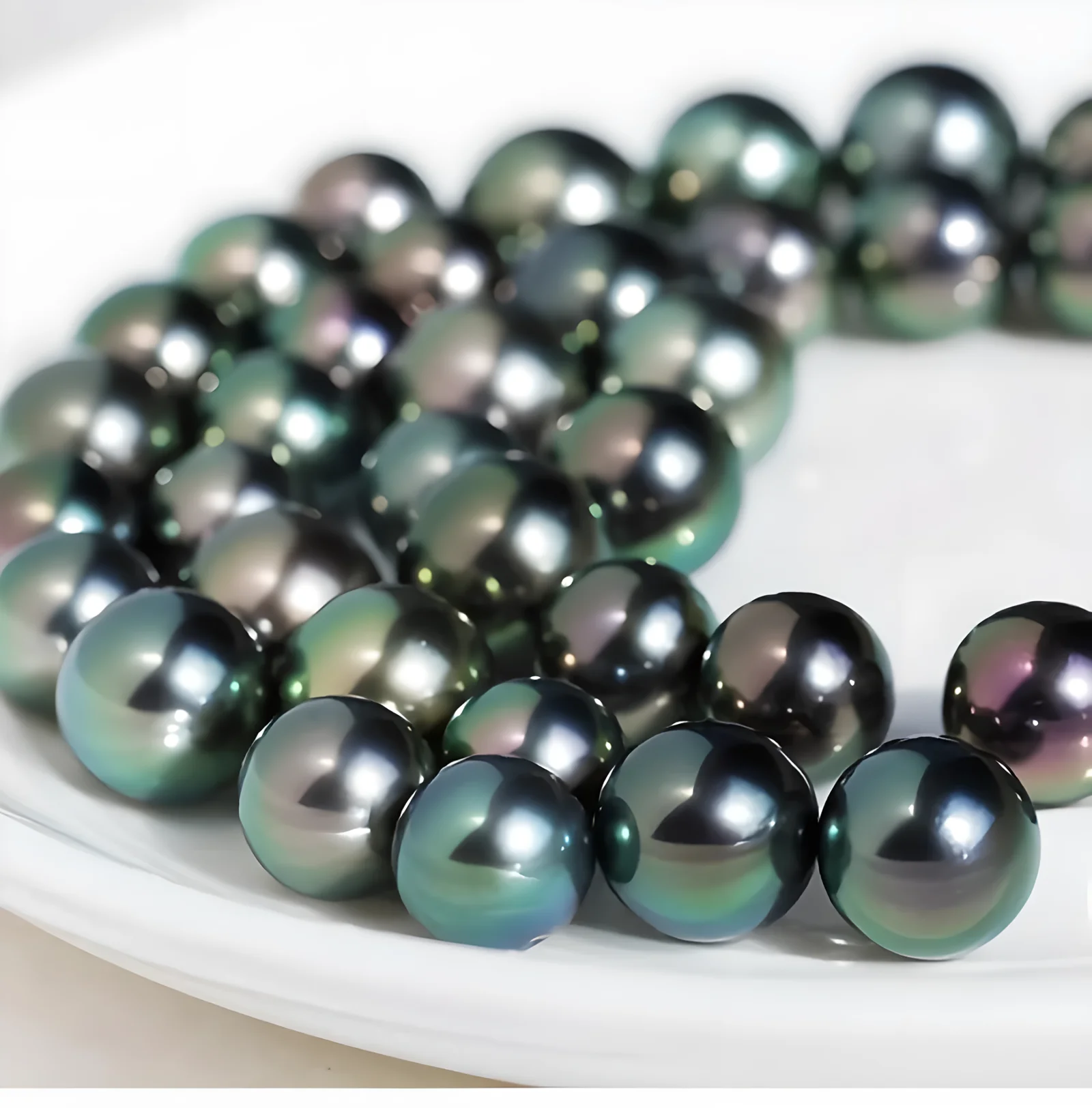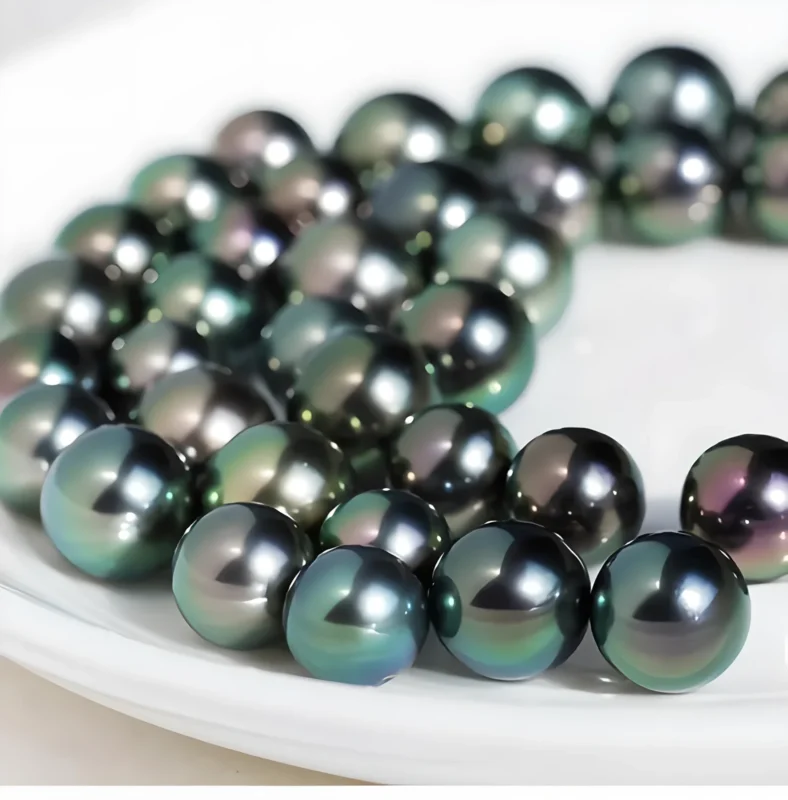The Ultimate Guide to Saltwater Pearl Origins

Understanding the Geographic Origin of Saltwater Pearls
When it comes to the world of pearls, the origin of a pearl holds more significance than many people realize. Beyond just being an exquisite piece of jewelry, a pearl’s geographical birthplace plays a critical role in determining its quality, authenticity, and value. The CIBJO, or the World Jewellery Confederation, has long been at the forefront of defining and regulating these standards. By diving into their Blue Book, one can uncover a fascinating array of geographic designations that classify saltwater pearls into unique categories. Let’s explore what these classifications mean and why they’re essential in understanding the diverse world of saltwater pearls.
Geographic Classification of Saltwater Pearls According to CIBJO
The CIBJO Blue Book is the authoritative guide for pearl classification. It provides in-depth rules about the terminology, quality, and geographical identification of pearls, focusing on three main saltwater types: Akoya, South Sea (white and gold), and black pearls. Each category has distinct geographic roots that influence its color, size, and value. Understanding these designations helps both buyers and sellers in accurately identifying pearls and maintaining the integrity of this natural treasure.
Akoya Pearls: More Than Just Japanese Gems
When we think of Akoya pearls, Japan often comes to mind as the primary origin. While Japan indeed plays a crucial role in Akoya pearl production, it is just one of the six recognized regions for cultivating these delicate gems. CIBJO identifies Australia, China, Hawaii, Vietnam, and Indonesia as other legitimate sources of Akoya pearls.
For instance, Australia and China have been significant players in the production of Akoya pearls for decades. Hawaii, although still developing its pearl farming industry, is growing as an up-and-coming source. Vietnam and Indonesia add their unique touch to the Akoya variety, contributing to the range of sizes, colors, and luster available in the market. These pearls, known for their relatively smaller size and captivating luster, are a testament to the rich diversity found within this pearl type.

White and Gold South Sea Pearls: The Large Treasures of the Sea
South Sea pearls, famous for their larger sizes and satin-like luster, come in two main varieties: White South Sea and Gold South Sea pearls. These pearls are produced by large oysters known as Pinctada maxima, and their origins are spread across multiple regions. White South Sea pearls typically hail from Australia, Myanmar, and Indonesia, while Gold South Sea pearls are primarily cultivated in the Philippines and Indonesia. However, their cultivation is not limited to these areas alone. China, Japan, Cambodia, South Korea, Thailand, Vietnam, Seychelles, and even the Solomon Islands are all part of the global South Sea pearl network.
Each region imparts a unique character to its pearls. For example, Australian South Sea pearls are known for their stunning size and immaculate white luster, whereas the gold-laden pearls from the Philippines exhibit a warm, golden glow that is simply mesmerizing. It’s worth noting that even in countries not commonly associated with pearl production, there are ongoing efforts to cultivate these treasures of the sea.

Tahitian Pearls vs. Black Pearls: A Unique Geographical Distinction
Black pearls are often the most misunderstood category, as they are commonly confused with Tahitian pearls. However, CIBJO makes a clear distinction: Tahitian pearls specifically come from French Polynesia and are a subset of black pearls. In fact, “Tahitian pearl” is a protected term, carrying a strong geographical identifier that denotes a pearl grown exclusively in the waters of French Polynesia.
On the other hand, black pearls can be cultivated in other regions like Fiji, the Cook Islands, and even Australia. Each region contributes different hues and qualities to these pearls. Tahitian pearls are known for their dark, multi-colored overtones, whereas Fiji’s black pearls often have unique natural shades, ranging from metallic grays to vibrant blues and greens.

Fiji, Australia, and Beyond: The Global Diversity of Black Pearls
Beyond French Polynesia, there is a fascinating world of black pearl production. Fiji has made a name for itself with pearls that possess a distinct blend of dark and iridescent colors. The Cook Islands also contribute significantly to the black pearl market, offering pearls similar in tone to those from French Polynesia but with subtle differences.
Australia’s experimental black pearl farming has introduced another layer of diversity, adding shades and qualities unique to its marine environment. Other regions, such as Kiribati, the Marshall Islands, Papua New Guinea, and even Japan, are part of the global effort to cultivate these beautiful pearls. Each of these regions lends a unique touch to their pearls, making them distinguishable for the trained eye and offering buyers a world of choices.
Conclusion: Why Geographic Origins Matter in Pearl Selection
For both pearl enthusiasts and industry professionals, understanding the origins of pearls is crucial. The geographical roots of a pearl can affect everything from its appearance to its value, offering insights into its rarity and beauty. When you buy a pearl, you’re not just purchasing a gemstone—you’re acquiring a piece of history, culture, and the environment in which it grew. By appreciating the variety of saltwater pearls and their specific origins, you can make more informed decisions and develop a deeper connection with these stunning creations of the sea.
Next time you shop for pearls, consider where they come from. Are they delicate Akoyas from Japan, warm gold pearls from the Philippines, or perhaps rare black pearls from French Polynesia? The journey to finding your perfect pearl starts with understanding its origins and the global story it tells.
